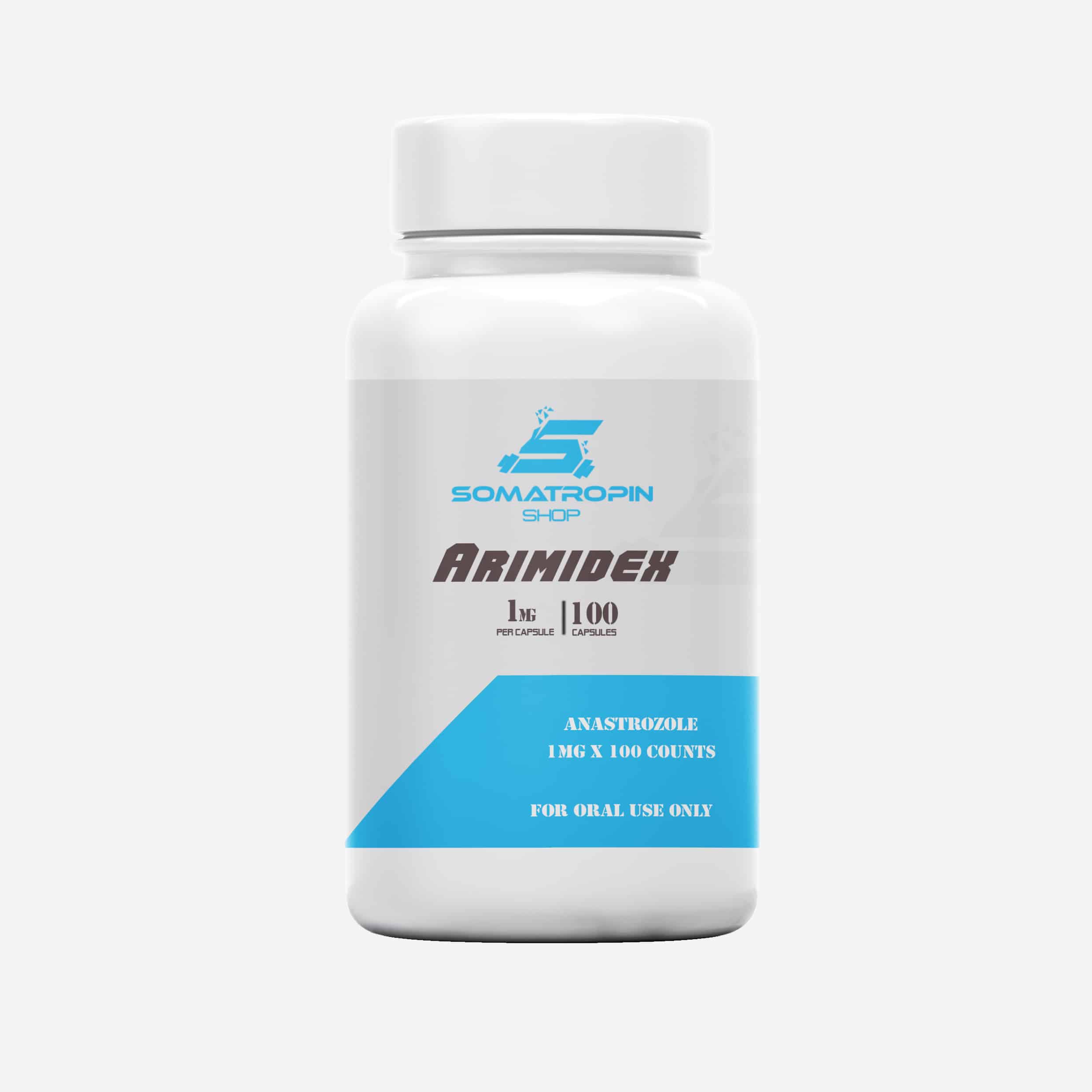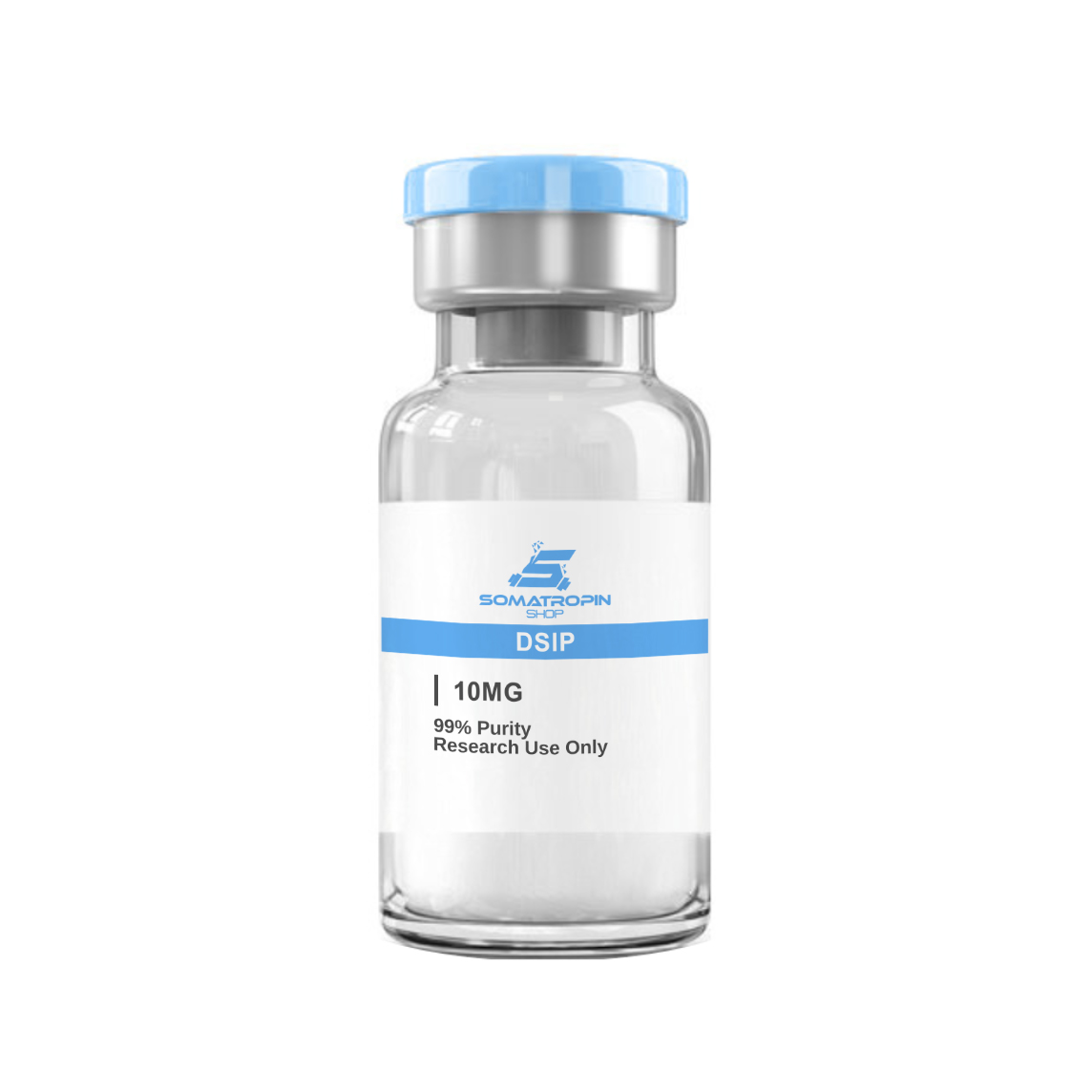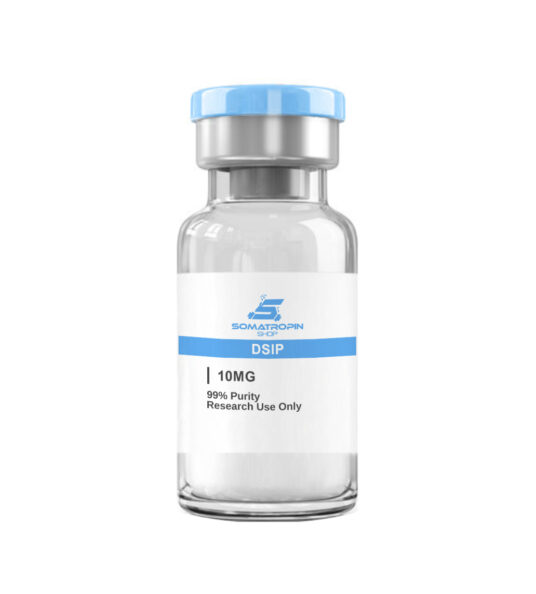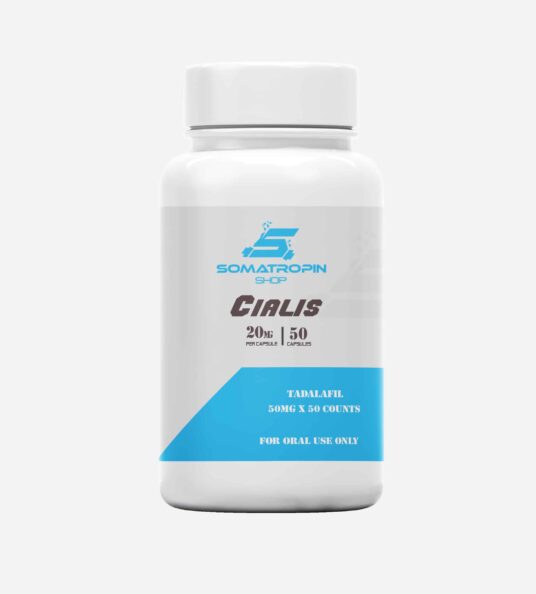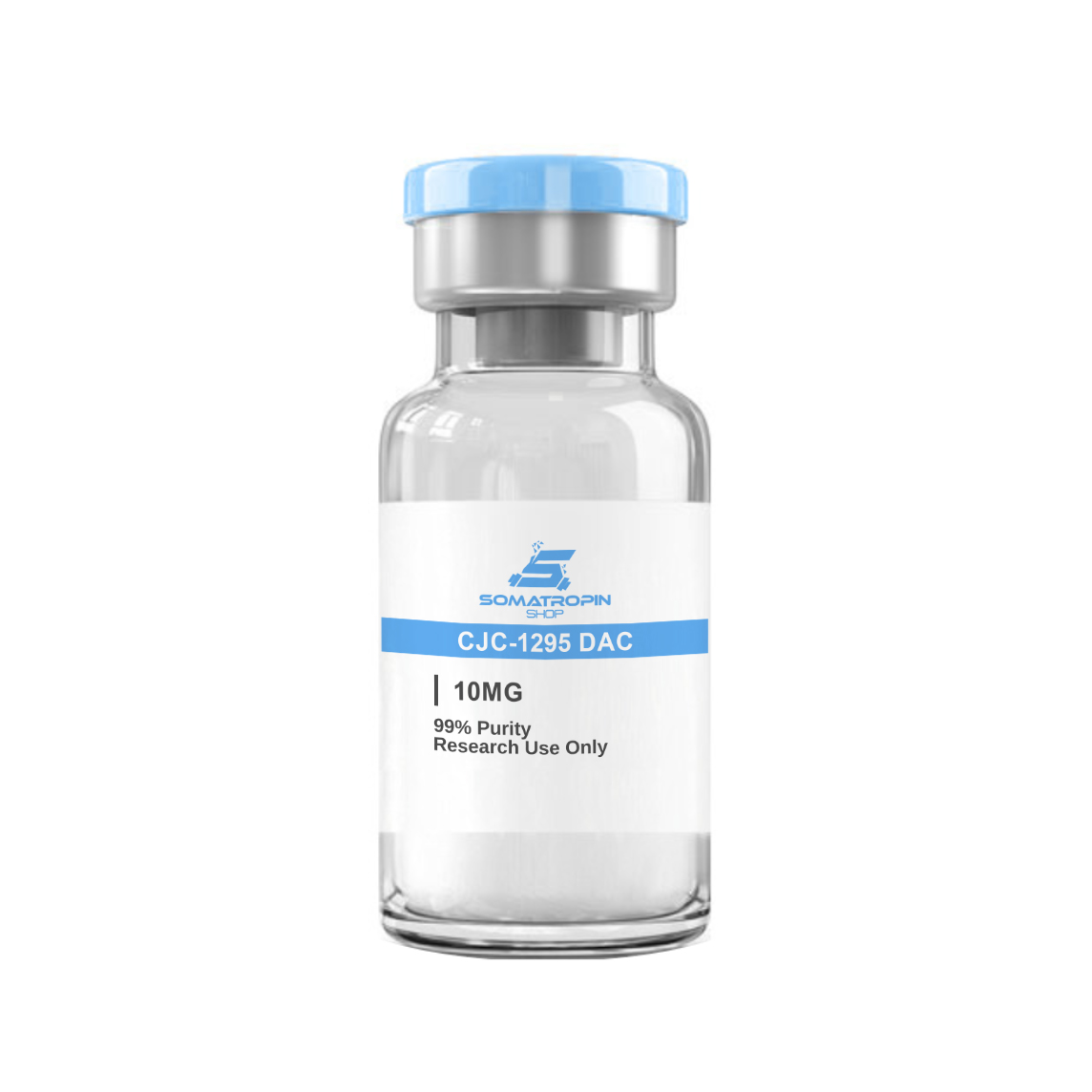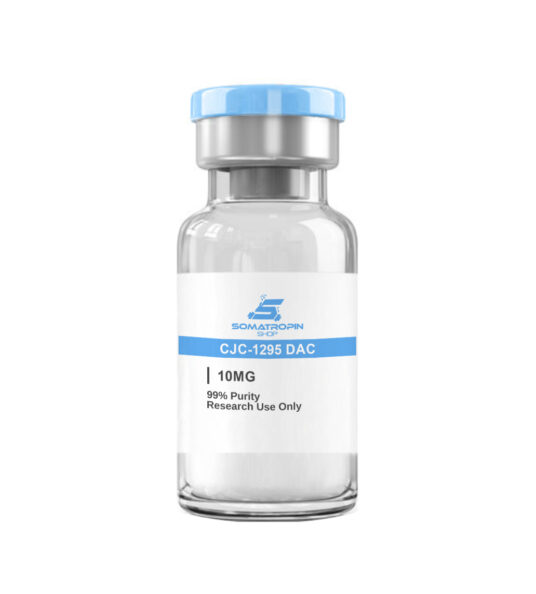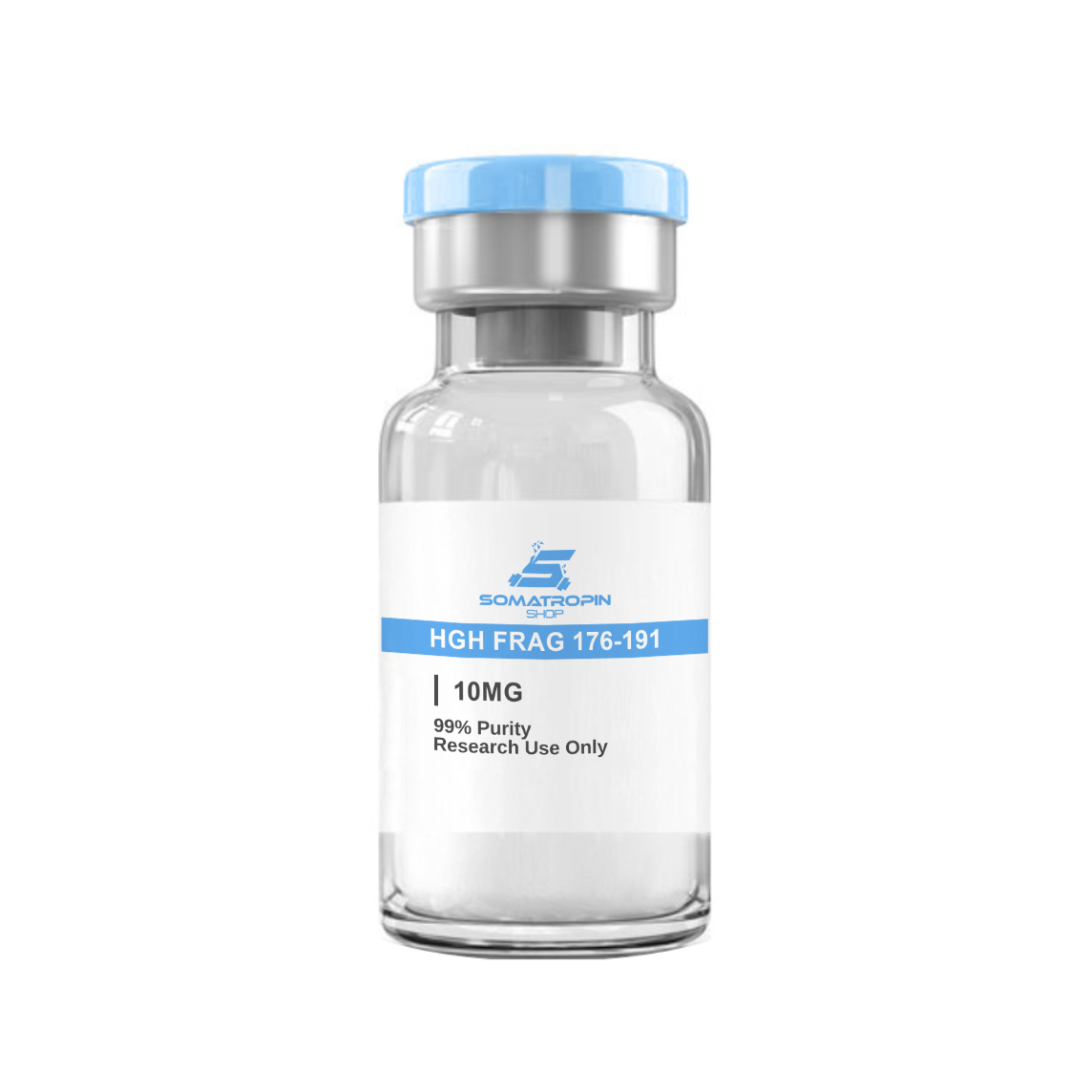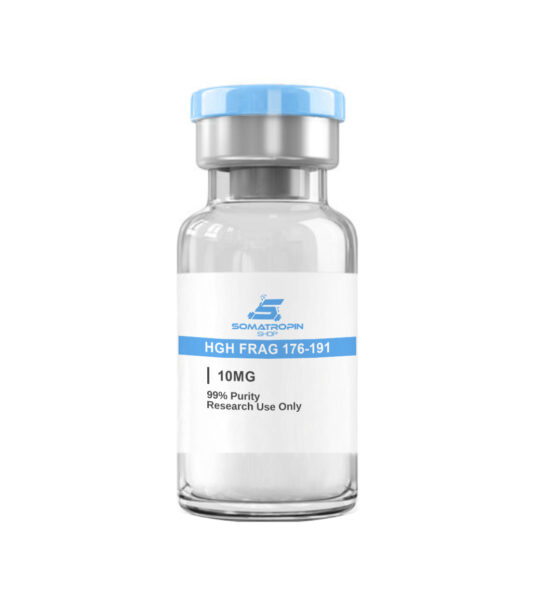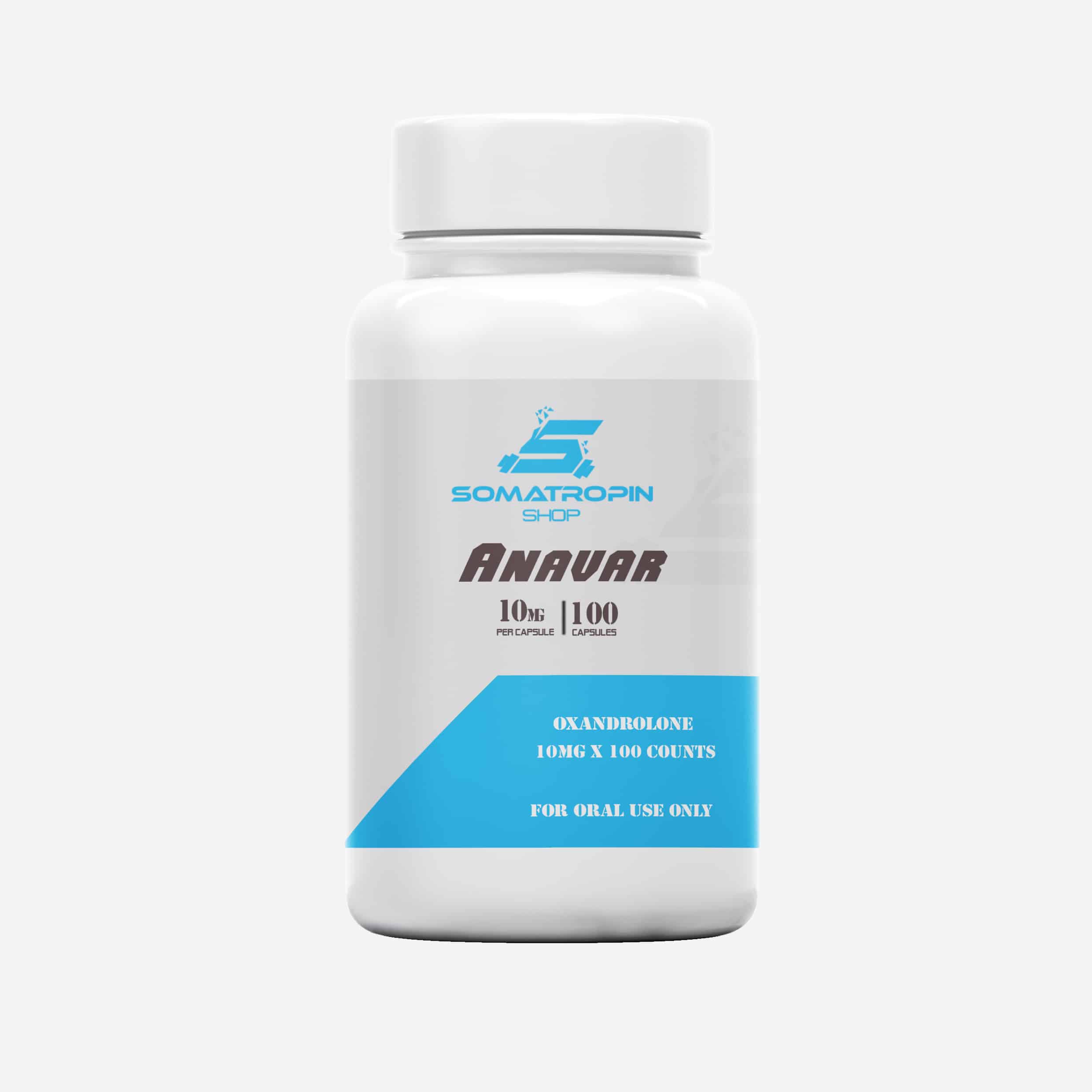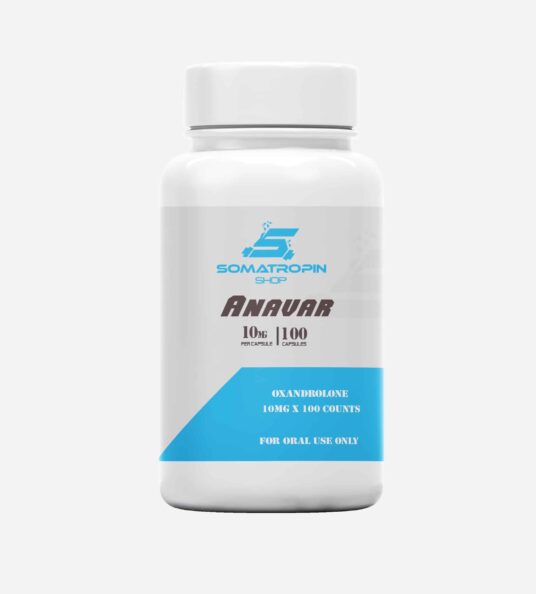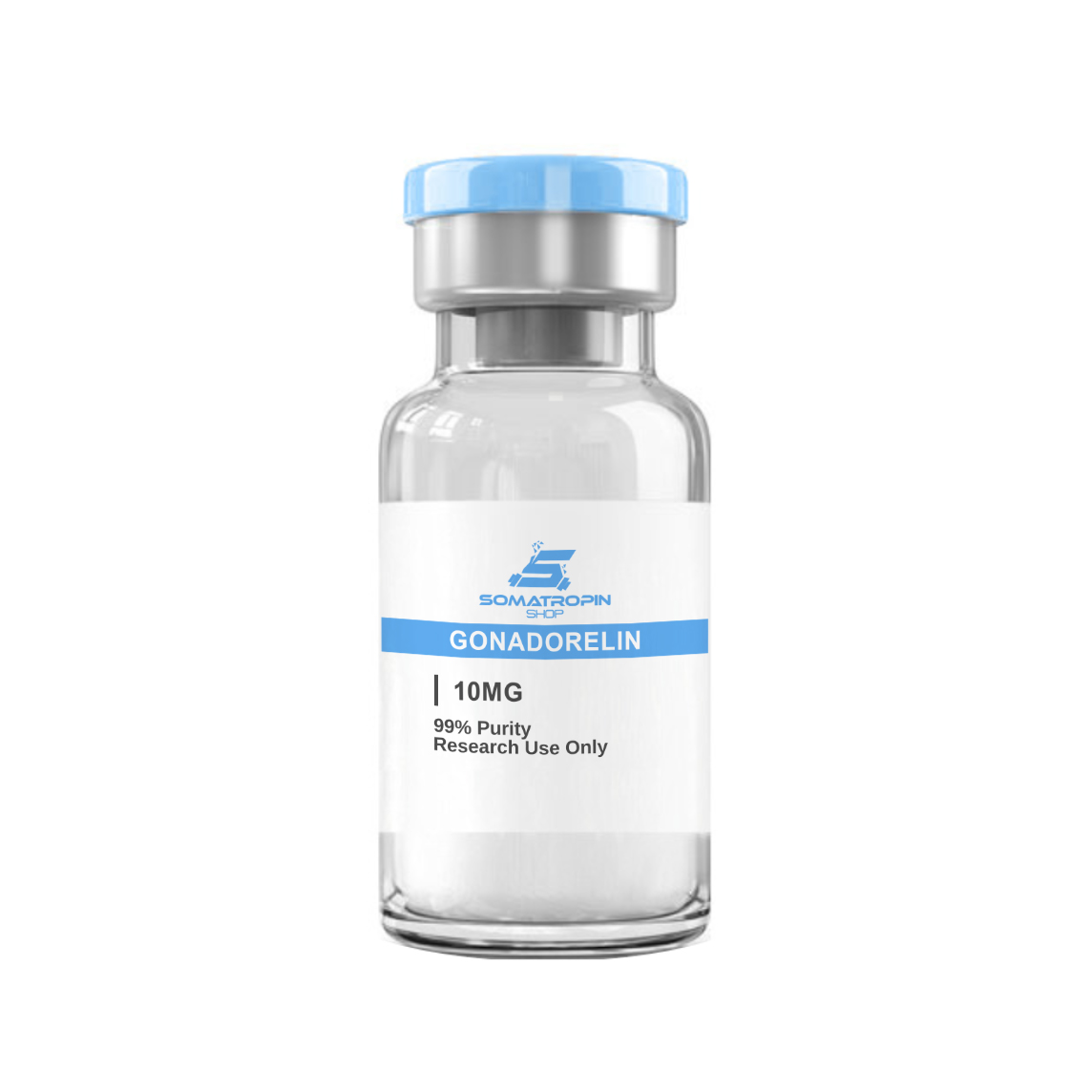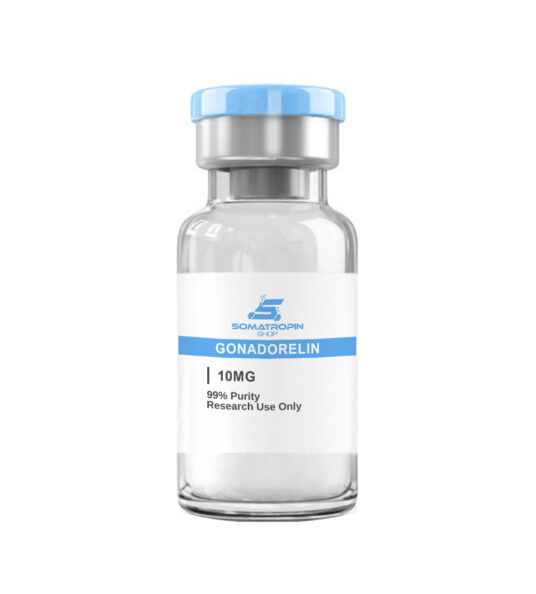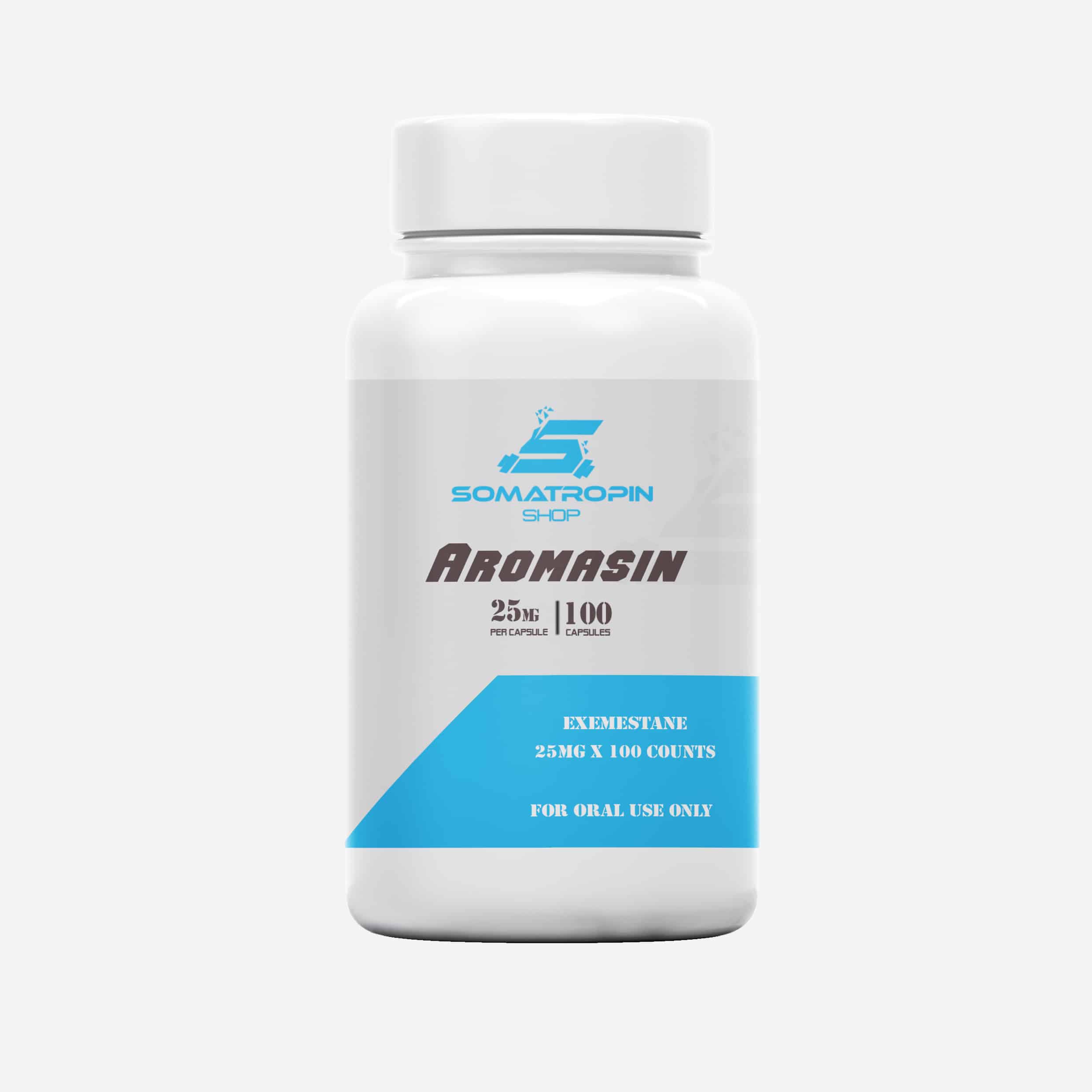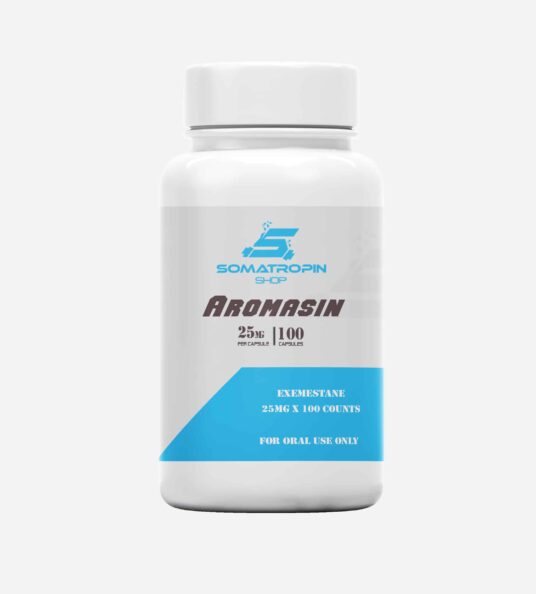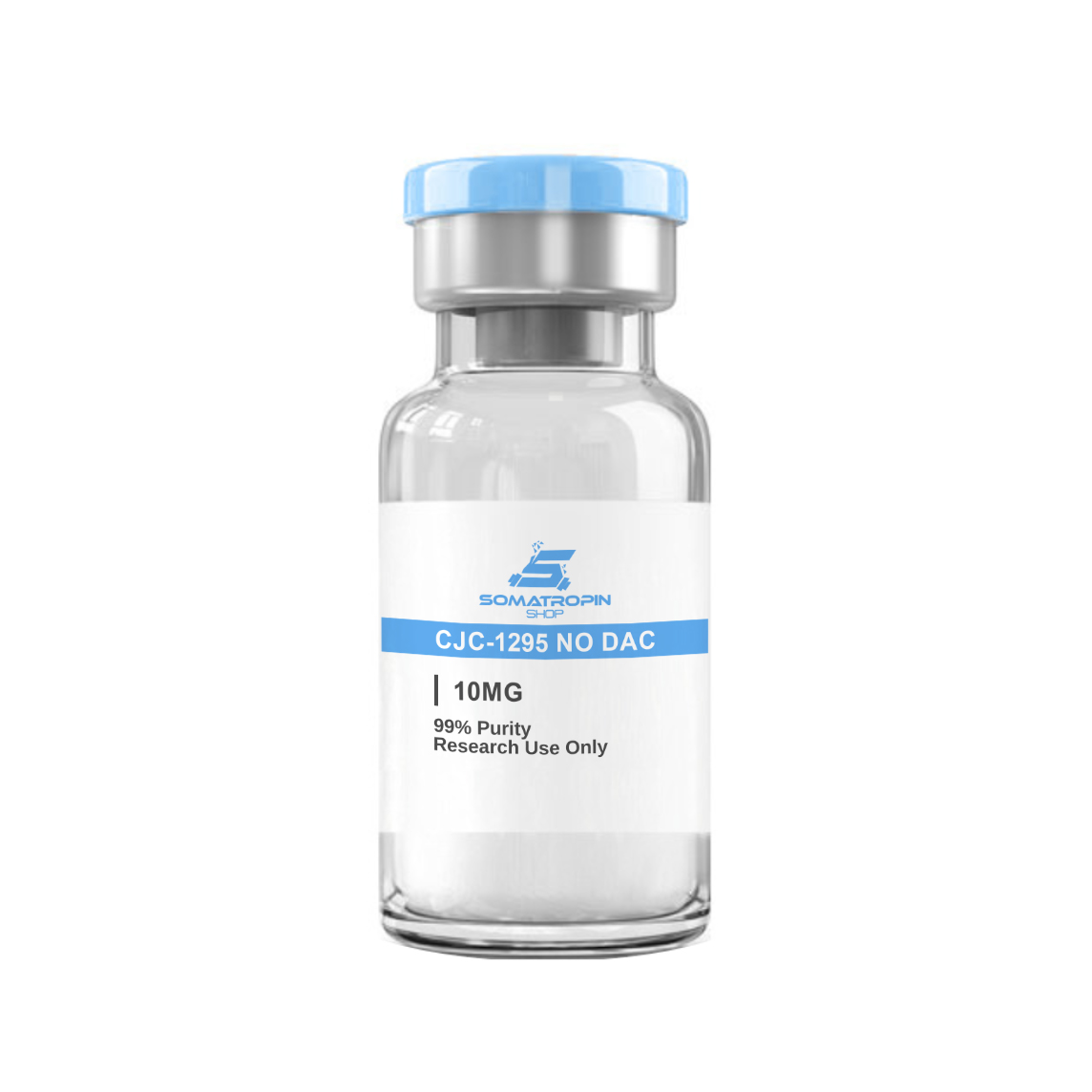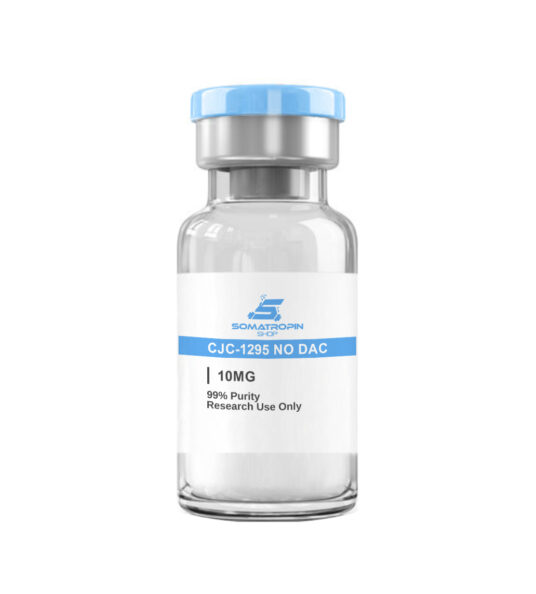Description
Arimidex (Anastrozole) General Information
Anastrozole (Arimidex) is a nonsteroidal aromatase inhibitor. Anastrozole is highly potent and specific for aromatase, and represents the fourth generation of aromatase inhibitors. Arimidex significantly suppresses serum estradiol levels, and it offers an alternative to tamoxifen in postmenopausal women with breast cancer. Unlike aminoglutethimide, an early aromatase inhibitor, Arimidex does not inhibit adrenal steroid synthesis. Patients taking Arimidex, therefore, do not require glucocorticoid or mineralocorticoid replacement therapy. Arimidex causes less weight gain than megestrol and may offer a survival advantage over megestrol in women with advanced breast cancer. Aromatase inhibitors are considered to be a standard of therapy and drug class of choice for the treatment of early breast cancer in postmenopausal women with hormone-receptor positive disease. The American Society of Clinical Oncology recommends that all postmenopausal women with hormone receptor-positive early breast cancer receive adjuvant aromatase inhibitor therapy. Options include 5 years of an aromatase inhibitor or sequential therapy with 2—3 years or 5 years of tamoxifen followed by 2—3 years or 5 years of an aromatase inhibitor. Long-term data indicate that the improvements in disease-free survival persist for the 5 years during treatment and after drug discontinuation.
Although not FDA-approved, several studies have shown that Arimidex further improves disease-free survival when used sequentially after 2—3 years of tamoxifen when compared to patients taking tamoxifen for 5 years.
Arimidex was initially FDA-approved for the treatment of advanced breast cancer in postmenopausal women whose disease has progressed during tamoxifen therapy in December 1995. In September 2000, the FDA approved Arimidex for the first-line treatment of postmenopausal women with advanced or metastatic breast cancer. Approval for the adjuvant treatment of early breast cancer in postmenopausal women with hormone receptor positive disease was received in September 2002.
Mechanism of Action
Anastrozole inhibits aromatase, the enzyme that catalyzes the final step in estrogen production. Anastrozole is an oral, competitive, non-steroidal inhibitor of aromatase and is less likely to exhibit agonist or antagonist steroidal properties. The formation of adrenal corticosteroids or aldosterone is not affected by anastrozole; only serum estradiol concentrations are affected by Arimidex. In postmenopausal women, the principal source of circulating estrogens is from the conversion of adrenal and ovarian androgens (androstenedione and testosterone) to estrogens (estrone and estradiol) by aromatase in peripheral tissues. Inhibition of aromatase may result in a more complete estrogen block than surgical ablation. Extraglandular sites are more amenable to aromatase inhibition by anastrozole than are premenopausal ovaries. Inhibiting the biosynthesis of estrogens is one way to deprive the tumor of estrogens and to restrict tumor growth. Estradiol plasma concentrations decrease about 80% from the baseline with continued dosing of anastrozole. Aromatase inhibitors might also inhibit estrogen production at the tumor cell. However, tumor production of estradiol may be insignificant because aromatase activity appears to be low. Anastrozole has little or no effect on CNS, autonomic, or neuromuscular function
Arimidex (Anastrozole) Side Effects
Numbness; tingling; cold feeling; or weakness in your hand or wrist; problems with your fingers while gripping; hot flashes; joint pain or stiffness; depression; mood changes; sleep problems (insomnia); cough; sore throat; thinning hair; mild nausea; vomiting; back pain; bone pain
Hot flashes (11—36%) were the most commonly reported adverse reaction associated with Arimidex during clinical trials. Other commonly reported adverse reactions during controlled trials included vaginal irritation (i.e., dryness) (1—2%), vaginal bleeding (1—5%), vaginal discharge (4%), vaginitis (4%), and vulvovaginitis (6%). Vaginal bleeding occurs primarily during the first few weeks after changing from existing hormonal therapy to treatment with anastrozole. If bleeding persists, further evaluation should be considered.
Gastrointestinal/digestive adverse reactions occurred in up to one-third of patients receiving Arimidex during clinical trials. These reactions included abdominal pain (6—9%), anorexia (5—8%), constipation (7—9%), diarrhea (7—9%), dyspepsia (7%), nausea (11—20%), vomiting (8—13%), and xerostomia or dry mouth (4—6%). Weight gain was reported in 2—9% of patients taking Arimidex, but occurred less frequently than with megestrol (12%). Additionally, 2—5% of anastrozole recipients also experienced weight loss and elevated hepatic enzymes, with or without jaundice (< 0.01%). Elevations in hepatic enzymes, primarily serum gamma glutamyl transferase (GGT), were observed in patients with liver metastases receiving Arimidex or megestrol. These changes were likely due to the progression of liver disease in these patients, but other contributing factors cannot be ruled out. Hepatitis and hyperbilirubinemia have been reported during post-marketing use of Arimidex with an estimated incidence of >= 0.1% to < 1%. Due to the voluntary nature of post-market reports, neither a definitive incidence nor causal relationship can be established.
Nervous system adverse reactions associated with the use of Arimidex during clinical trials include anxiety (2—6%), confusion (2—5%), depression (2—13%), dizziness (5—8%), drowsiness (2—5%), headache (7—18%), hypertonia (3%), insomnia (2—10%), lethargy (1%), malaise (2—5%), nervousness (2—5%), and paresthesias (5—7%).
Administration of Arimidex has been associated with the development of thromboembolic events. Thromboembolism was reported in 2—4% of patients treated with anastrozole during clinical trials. The incidence of anastrozole-associated thrombosis was less than that reported with tamoxifen (2—6%) or megestrol (5%). Specific cases included angina (2.3—11.6%), cerebrovascular accident (stroke) specifically cerebral ischemia and cerebral infarct (2%), myocardial infarction (0.9—1.2%), myocardial ischemia (< 4%), pulmonary embolism (< 4%), retinal thrombosis (< 4%), and thrombo-phlebitis (2—5%). In the ATAC trial, women with pre-existing ischemic cardiac disease had a 17% incidence of ischemic cardiac events. In this patient population, angina occurred in 11.6% and myocardial infarction in 0.9%.
Musculoskeletal reactions are some of the more common adverse events experienced by recipients of Arimidex therapy (36%). During clinical trials, patients receiving anastrozole reported symptoms including arthralgia (2—15%), arthritis (17%), arthrosis (7%), asthenia (13—19%), back pain (10—12%), bone pain (6—11%), breast pain (2—8%), carpal tunnel syndrome (2.5%), chest pain (unspecified) (5—7%), fatigue (19%), myalgia (2—6%), neck pain (2—5%), and pelvic pain (5%). Additionally, episodes of trigger finger have been reported during post-marketing use by 0.1—1% of anastrozole recipients. Due to the voluntary nature of post-market reports, neither a definitive incidence nor causal relationship with Arimidex can be established.
Osteoporosis has been reported as an adverse event to anastrozole, but causality has not been determined. Data from clinical trials indicate that musculoskeletal events and bone fractures are significantly more common in patients receiving anastrozole (36% and 10%, respectively) versus tamoxifen (29% and 7%, respectively). The anatomical sites with the greatest increase in fracture incidence were wrist fractures (2%), spine fractures (1%), and hip fractures (1%). Of note, long-term data indicate that fracture rates were not different after anastrozole or tamoxifen discontinuation (median follow-up 100 months). Similarly, in the combined analysis of the ABCSG trial 8 and the ARNO 95 trials, after a median follow-up of 36 months, the odds of bone fractures in patients taking anastrozole were significantly increased (2% for anastrozole vs. 1% for tamoxifen, OR 2.14, 95% CI 1.14—4.17, P=0.015). Health care professionals are advised to consider bone mineral density testing prior to and during anastrozole therapy in those patients at risk of developing osteoporosis.
During the ATAC trial, more patients receiving anastrozole were reported to have hypercholesterolemia compared to those receiving tamoxifen (9% vs. 3.5%, respectively). Other anastrozole-associated adverse events affecting the cardiovascular system included edema (7—11%), hypertension (2—13%), peripheral edema (5—10%), and peripheral vasodilation (25—36%).
Dermatologic adverse events have been associated with Arimidex therapy. During clinical trials, patients treated with anastrozole experiences symptoms including alopecia (2—5%), diaphoresis (1—5%), pruritus (2—5%), and rash (unspecified) (6—11%). Additionally, rare cases (< 1 in 10,000 patients or < 0.01%) of serious anastrozole-induced skin reactions (e.g., skin lesion, skin ulcer, and skin blister) have also occurred. During post-market use, anaphylaxis, angioedema, erythema multiforme, Stevens-Johnson syndrome and urticaria were reported by anastrozole recipients. Due to the voluntary nature of post-market reports, neither a frequency nor a definitive causal relationship to anastrozole can be established.
During clinical trials, the incidence of infections in patients receiving treatment with anastrozole was 2—9%. Reports identified the specific infection sites as bronchitis (2—5%), influenza (2—7%), pharyngitis (6—14%), sinusitis (2—6%), and urinary tract infections (2—8%). Symptoms reported by anastrozole recipients and potentially related to an infection included cough (7—11%), dyspnea (8—11%), fever (2—5%), leukorrhea (2—3%), and rhinitis (2—5%).
Hematologic and lymphatic adverse events reported by recipients of anastrozole during clinical trials included anemia (2—5%), leukopenia (2—5%), and lymphedema (10%).
There are currently no studies in pregnant humans; however, use of anastrozole in rats and rabbits has resulted in pregnancy failure, increased fetal abortion, and signs of delayed fetal development or teratogenesis. In both rats and rabbits, increased pregnancy loss was described as an increase in pre- and post-implantation loss, increased resorption, and decreased number of live fetuses. Additionally, adverse fetal effects associated with anastrozole included incomplete ossification and decreased fetal body weight. Use of anastrozole is contraindicated in pregnant women.
Other adverse events associated with the use of anastrozole during clinical trials include accidental injury (2—10%), cataracts (6%), development of a cyst or neoplasm (5%), and tumor flare (3%)
Hypercalcemia (with or without an increase in parathyroid hormone) has been reported in post-marketing use. Due to the voluntary nature of post-market reports, neither a definitive incidence nor causal relationship with anastrozole can be established.
This list may not include all possible adverse reactions or side effects. Call your health care provider immediately if you are experiencing any signs of an allergic reaction: skin rash, itching or hives, swelling of the face, lips, or tongue, blue tint to skin, chest tightness, pain, difficulty breathing, wheezing, dizziness, red, a swollen painful area/areas on the leg.
